Navigating Integration Challenges in Substation Automation: In the era of the digital grid, substation automation emerges as a fundamental paradigm, streamlining operational efficiency, enhancing reliability, and facilitating informed decision-making in power networks. Unmasking the complexities of this transformative technology, this comprehensive discourse uncovers the basics of substation automation, its inherent need for integration, the common challenges faced, and prospective solutions to surmount these difficulties.
Accentuated with realistic and engaging case studies, these informative narratives offer a unique opportunity to delve into the profound understanding of integration hindrances and their remedies in substation automation, a technological marvel reshaping contemporary power systems.
Understanding Substation Automation (Navigating Integration Challenges in Substation Automation)
Understanding Substation Automation
Substation automation is a critical process in the operation and management of power distribution networks. It involves the integration of Intelligent Electronic Devices (IEDs), communication networks, and advanced software applications for monitoring, control, and protection of substations.
The primary purpose of substation automation is to improve operational efficiency, increase reliability, and enhance the safety and security of the power supply. By automating the tasks of fault detection, isolation, and service restoration, maintenance and operation costs are significantly minimized.
Enhancing Efficiency and Safety: The Power of HMI Software
Substation automation relies heavily on modern designs that are flexible, scalable, and capable of adopting new technologies. These designs heavily influence system performance, reliability, and efficiency.
The Role of Intelligent Electronic Devices (IEDs)
IEDs play a crucial role in substation automation. These devices, which include relay devices, circuit breakers, transformers, and capacitor bank controllers, among others, are responsible for executing commands, monitoring system status, and triggering alerts in case of system faults. They communicate vital data to a central system controller which then makes automatic adjustments as necessary.
Integration of IEDs in substation automation presents an array of benefits. They aid in real-time data acquisition, dynamic control of power flow, disturbance recording, and equipment protection. They lead to substantial improvements in overall system efficiency and reliability.
However, integrating these devices presents various challenges. IEDs from different vendors may have interoperability issues, making their incorporation into the substation automation system difficult. Data standardization is also a problem, given that IEDs often operate on different protocols and data models.
Communication Networks in Automated Substations
Communication networks are the backbone of substation automation, facilitating real-time monitoring, control, and protection of the system. They allow data exchange between various subsystems and equipment, and ensure smooth and continuous system operation.
With the expansion and modernization of power systems, data bandwidth requirements are increasing. Traditional serial communication networks are gradually being replaced with Ethernet-based networks, which provide broader bandwidth and higher data transfer rates.
Understanding Substation Automation & IoT Concepts: A Complete guide for beginner
However, the transition to these networks brings its own challenges. Ethernet-based networks are more susceptible to cyber-attacks, increasing the need for robust cybersecurity measures. Ensuring reliable and continuous data communication under different operational conditions, particularly during power outages, is also a concern.
As the future of substation operation becomes increasingly automated, integrating automation technologies poses significant challenges, despite its undeniable benefits such as improved efficiency and enhanced reliability. The main hurdles to overcome consist of challenges in the realms of device interoperability, data standardization, and the operation of a consistent and secure communication network. The effort to tackle these obstacles necessitates continuous and considerable effort, yet the fruits of overcoming them offer to considerably outweigh the difficulties faced.
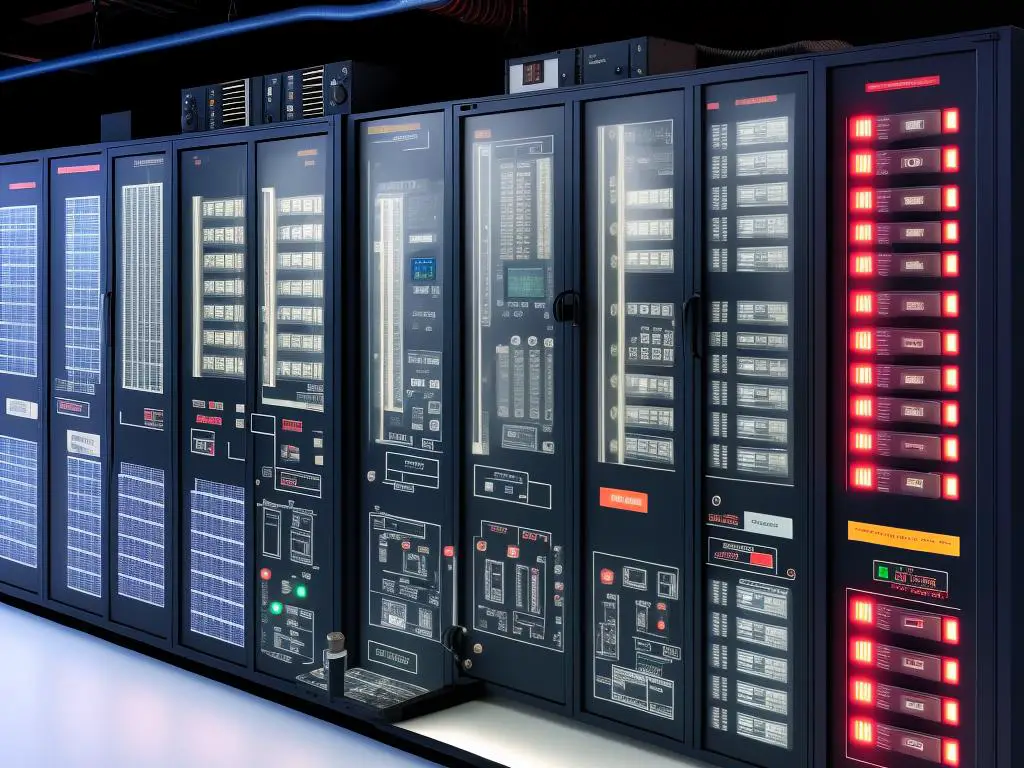
Need for Integration in Substation Automation
Demystifying Substation Automation and Its Importance in Integration
The term substation automation refers to the deployment of a coordinated system of devices designed to control power systems either automatically or through human intervention. These automation systems, by their very nature, provide an integrated solution to power system management, significantly reducing the dependence on human intervention and thus the risks associated with human error. The ever-increasing scale and complexity of power networks have highlighted, more than ever, the critical need for perfect integration within substation automation.
Overcurrent Protection in Power Substation
Operational Efficiency and Reliability through Integration
Seamless integration of automation systems in substations is crucial for enhancing operational efficiency. It aids in improving the reliability of power systems by allowing for real-time monitoring and prompt decision-making. With integrated systems, substations can identify and manage faults efficiently, minimizing disruptions in power supply, and reducing outage durations.
Through automation integration, substations can monitor the health of devices, detect abnormalities, and predict potential failures, thereby enabling preemptive maintenance strategies. This translates to greater system longevity and reduces instances of unanticipated equipment failure.
Improved Decision-Making through Integration
With integration, substations can harness valuable data from different components and systems in the power network. This data, when processed and visualized effectively, provides comprehensive insights into the operational aspects of the substation. These insights can aid operators in timely and informed decision-making, thereby improving overall network performance.
Integration Challenges in Substation Automation
While the need for and benefits of integration in substation automation are evident, achieving it poses prominent challenges. Firstly, due to the scale and heterogeneity of power systems, achieving seamless interoperability amidst various devices and protocols is complex. It requires the designing of systems that can cater to a multitude of standards without compromising efficiency.
Secondly, cyber-security is a significant concern when it comes to integrating automation systems. As systems become interconnected, vulnerabilities and possible points of breach increase. Therefore, while integrating systems, it is critical to deploy robust security measures that safeguard against potential cyber threats.
Lastly, often substations have legacy systems and equipment that may not be compatible with advanced automated systems. Retrofitting these systems to accommodate the new automation system architecture can be technically challenging, time-consuming, and expensive.
What is Remote Terminal Unit? A Basic Guide
Conclusion: Tackling Integration Hurdles
Understanding the complexities involved, it’s clear that a path towards achieving flawless integration in substation automation isn’t simple. Nonetheless, significant progress is being made in developing technology and standardization in the industry to make this integration more practical and progressively efficient.
Strategic planning, selection of harmonious systems, and implementation of solid security safeguards are crucial for successful integration. Despite the challenges present, achieving integration in substation automation is paramount to maintaining reliability, optimizing operational efficacy, and refining decision-making procedures in the continuously adapting environment of power systems.
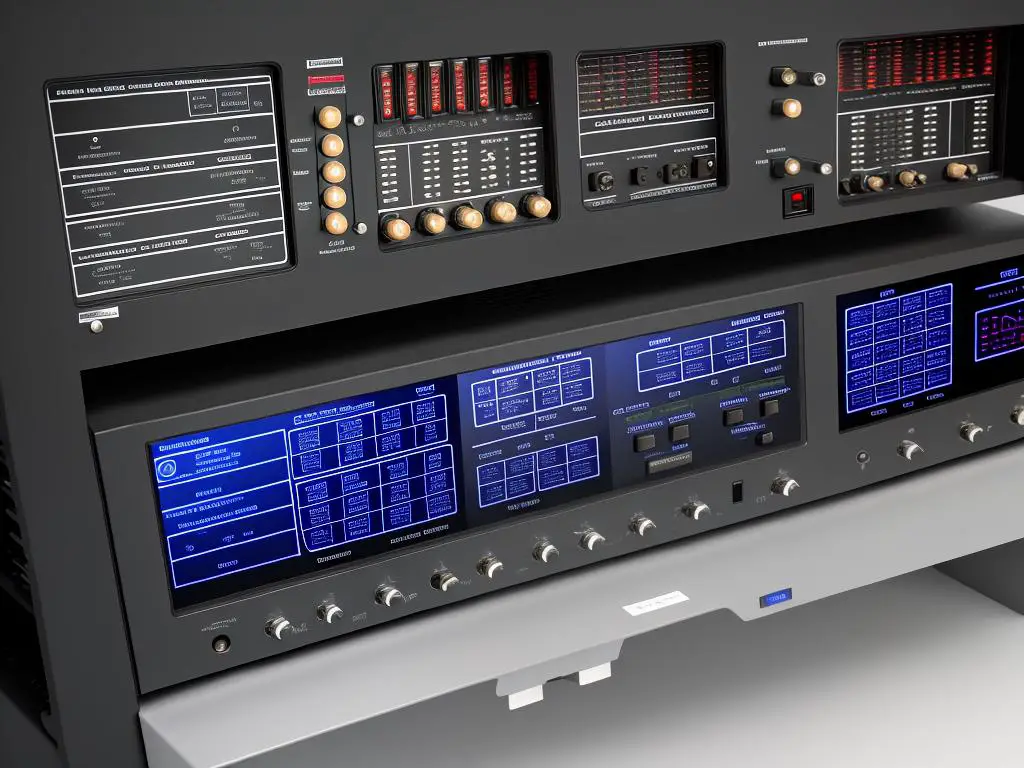
Common Integration Challenges
Key Obstacles in Substation Automation Integration
Integrating substation automation systems comes with its own set of unique challenges. These range from technology compatibility issues, absence of standardized protocols, threats pertaining to cybersecurity, to intricate management of various vendors and devices. These challenges can potentially disrupt substation functions and hamper overall productivity.
Technology Compatibility Issues
One of the most prevalent challenges in integration is technology compatibility. Substation automation involves a wide range of equipment, technologies, and systems. Often, these systems are designed and developed by various manufacturers using different technologies, and integration between these diverse systems can be extremely complex. Sometimes, it may be practically impossible to create a seamless integration between incompatible systems leading to gaps in data transfer and overall system inefficiency.
Lack of Standardized Protocols
Standardized protocols make it easier to link devices and equipment from different manufacturers together. However, the lack of such protocols in the field of substation automation complicates the integration process. Diverse equipment and systems often use unique communication and data exchange protocols. This lack of standardization requires substantial customization to achieve successful integration, which can be time-consuming and costly.
Cybersecurity Threats
As substation automation becomes increasingly digital and interconnected, the risk of cyber threats also increases. Cybercriminals are continuously exploring new ways to exploit vulnerabilities, and the high level of interconnection in substation automation systems provides potential entry points, increasing the overall system vulnerability. Cybersecurity threats not only disrupt routine automation processes but can also result in severe damages, including system outages and data loss.
Complexities in Managing Multiple Vendors and Devices
With substation automation, many devices from different vendors need to be managed. Each of these devices might have unique configurations, and they often require different management strategies. Besides, issues like the end-of-life of devices or discontinuation of support from vendors add to the complications. Managing multiple vendors and devices requires significant coordination efforts and understanding of each vendor’s processes and technologies, which can be a tedious task to handle.
Efficient and effective substation automation is significantly influenced by a variety of integration challenges. To successfully address these challenges, a strategic approach is required which includes the adoption of standardized protocols, enhanced cybersecurity measures, and efficient management strategies for diverse vendors and devices. A deep understanding and effective management of these challenges can result in smooth integration of substation automation systems, thereby boosting overall operational efficiency.
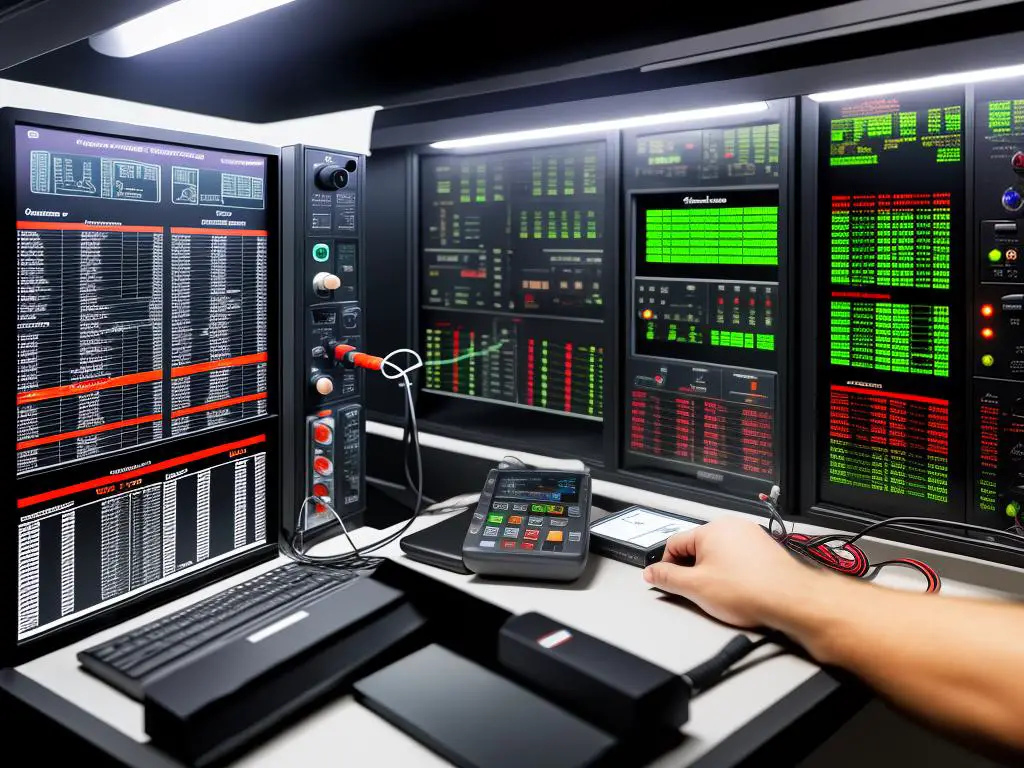
Solutions for Successful Integration
Embracing Standardized Protocols
Standardized protocols stand out as one of the foremost solutions to handle integration challenges in substation automation. These protocols enable seamless communication and facilitate unrestricted data exchange between various systems and devices, irrespective of their manufacturer. For example, for power utility automation, the International Electrotechnical Commission’s (IEC) 61850 protocol serves as a comprehensive solution. It aids in managing communication between devices in substations and control centers, standardizing this process. The implementation of the IEC 61850 protocol not only enhances interoperability but also aids in reducing engineering costs at the substation level and simplifies system integration. By adhering to these standardized protocols, substation automation could achieve a more streamlined integration.
Improved Cybersecurity Measures
In light of the escalating cyber threats targeting power utilities, bolstering cybersecurity measures in substation automation is essential. As power utilities become more interconnected, they also become more vulnerable to cyberattacks potentially leading to interruptions to power services or access to sensitive information. Therefore, to secure substation automation systems, robust cybersecurity frameworks incorporating regularly updated firewalls and intrusion detection systems should be implemented. Moreover, securing the communication channels between devices and systems with encryption is pivotal in preventing unauthorized access. Regular audits and risk assessments can further help to identify vulnerabilities and fortify security measures.
Vendor-Neutral Solutions
Substation automation systems often face integration challenges when tying together equipment from different vendors. To bypass this issue, employing vendor-neutral solutions is a viable option. Vendor-neutral solutions are not restricted by proprietary protocols or hardware and can thus interact with devices and systems from various manufacturers. Such solutions increase system flexibility, enable easy updates and modifications, and mitigate the risks associated with dependence on a single vendor. Incorporating vendor-neutral solutions into substation automation can therefore facilitate seamless system integration while promoting diversity in product selection.
Training and Support for Personnel
In order for the aforementioned solutions to take effect, sufficient training and support for personnel are also required. It’s critical for staff to develop competencies in understanding and managing these complex systems to ensure effective operation and maintenance. Staff should be trained on how to use and interpret data from new systems, as well as troubleshoot potential issues. They also need to be updated on cybersecurity measures, enabling them to recognize potential threats and implement preventative action. Additionally, offering continuous technical support boosts personnel confidence and enhances their ability to quickly adapt to any system changes or updates. Therefore, personnel training and support form an integral part of effectively addressing integration challenges in substation automation.
Conclusion
Integration challenges in substation automation demand a comprehensive and strategic approach. Effective solutions necessitate the inclusion of standard protocols, reinforced cybersecurity measures, and the adoption of vendor-neutral solutions. Also, provision for adequate personnel training and support is imperative. By coherently addressing these aspects, power utilities are better positioned to efficiently manage substation automation complexities, thereby accomplishing successful system integration.
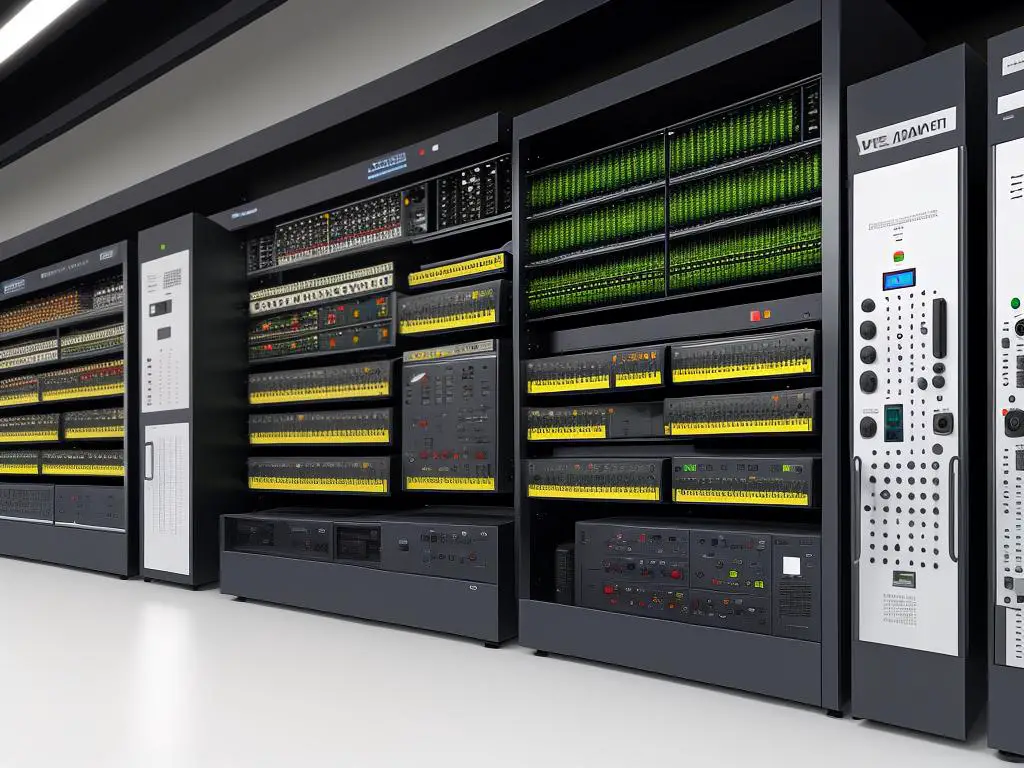
Case Studies of Successful Integration
Case Study 1: Successful Integration with Advanced Metering Infrastructure
One noteworthy example of successful substation automation integration is the implementation of Advanced Metering Infrastructure (AMI). At the heart of regulating power consumption at the consumer level, AMI establishes a vital connection between customers, their meters, and the utility companies through communication networks. This evolution has redefined the management and delivery of electricity, leading to a marked improvement in operational efficiency, cost effectiveness, and customer service quality.
Successful Integration Case Study 2: Substation Automation and Condition-Based Maintenance
A defining case of substation automation integration is illustrated in the context of condition-based maintenance. By integrating data from multiple sources, substation automation systems have enabled predictive, condition-based maintenance of equipment, replacing the traditional time-based maintenance approach.
Data from operational technology (OT) systems, including switches, transformers, and other substation components, was combined with information technology (IT) systems. This integration introduced new challenges due to differing data standards, communication protocols, and equipment aging. These obstacles were overcome by adopting interoperability standards, developing seamless communication infrastructures, and implementing robust data management strategies.
The result was a consolidated, accessible information environment that improved functionality, reliability, and efficiency of the power system. This transition marked a significant leap towards intelligent and proactive management of substations, highlighting the potential of substation automation integration.
Successful Integration Case Study 3: Distributed Energy Resources Integration
As the energy sector evolves, distributed energy resources (DERs) like wind turbines, solar panels, and energy storage devices are becoming increasingly central to power supply networks. This transformation necessitates integration of these resources into the existing substation automation systems.
Such an integration example can be seen in a midwestern utility in the US. They experienced integration challenges due to the variability of power supply from DERs and the need to balance power demand and supply in real-time. To tackle this, they implemented an advanced distribution management system (ADMS) that integrated data from DERs and the grid.
This integration required harmonizing different data formats, protocols, and disparate systems, ensuring reliable communication between grid operators and DERs. The success of this endeavor underlines the potential of integrating emerging energy resources into substation automation, paving the way for a more resilient and responsive power grid.
Each of these examples serves to illustrate the intricate complexity and immense potential of integration in substation automation. By overcoming challenges associated with interoperability, data management, and communication infrastructures, these utilities have demonstrated that successful integration within substation automation systems can drive innovations in power system operations and maintenance.
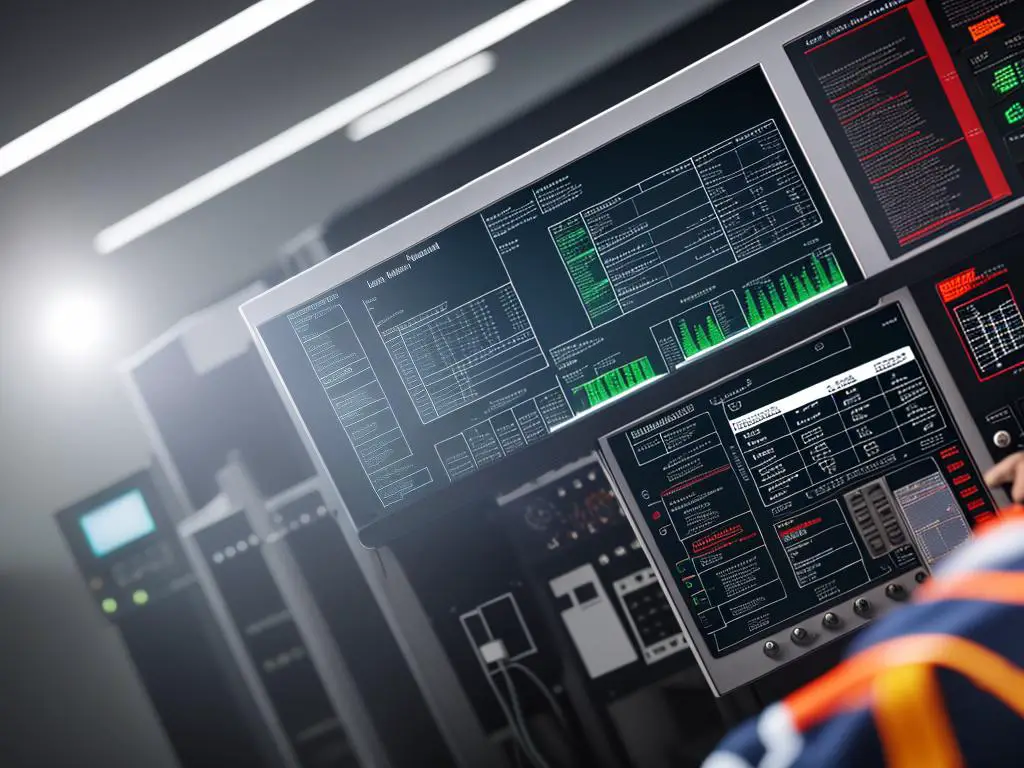
Despite the pressing challenges, robust solutions and strategies have proven to adeptly navigate through the complex journey of integration in substation automation. Diverse in their nature, these solutions encapsulate standardization of protocols, fortification of cybersecurity, adoption of vendor-neutral solutions, and requisite training for personnel. Powerfully elucidated through compelling case studies, these are the lessons learned and the best practices that have shaped breakthroughs in substation automation integration. As we tread further into the advanced realms of digital grids, this intelligent compendium helps us appreciate the intricacies of this transforming technology, empowering professionals to become experts in overcoming integration hurdles in substation automation.
